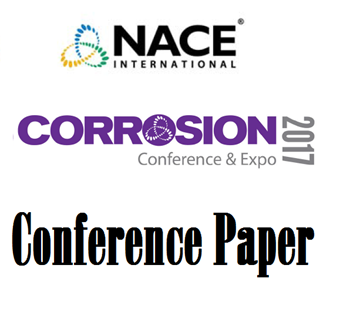Search
96275 Fungal Degradation of Fiber-Reinforced Composite Materials
Also Purchased
51317--9506-Testing and Design of Nonmetallic Composite Repair Systems for Pipeline Intergity
Product Number:
51317--9506-SG
ISBN:
9506 2017 CP
Publication Date:
2017
$20.00
96278 SPATIAL RELATIONSHIPS BETWEEN BACTERIA AND LOCALIZED CORROSION
Product Number:
51300-96278-SG
ISBN:
96278 1996 CP
$20.00
96282 MICROSTRUCTURAL AND CHEMICAL CHARACTERIZATION OF MIC PRODUCTS FROM STAINLESS STEEL PROBES IN SEAWATER USING SEM AND AFM TECHNIQUES
Product Number:
51300-96282-SG
ISBN:
96282 1996 CP
$20.00
Recently viewed




